Winter Diet of Robins: A Deep-Dive
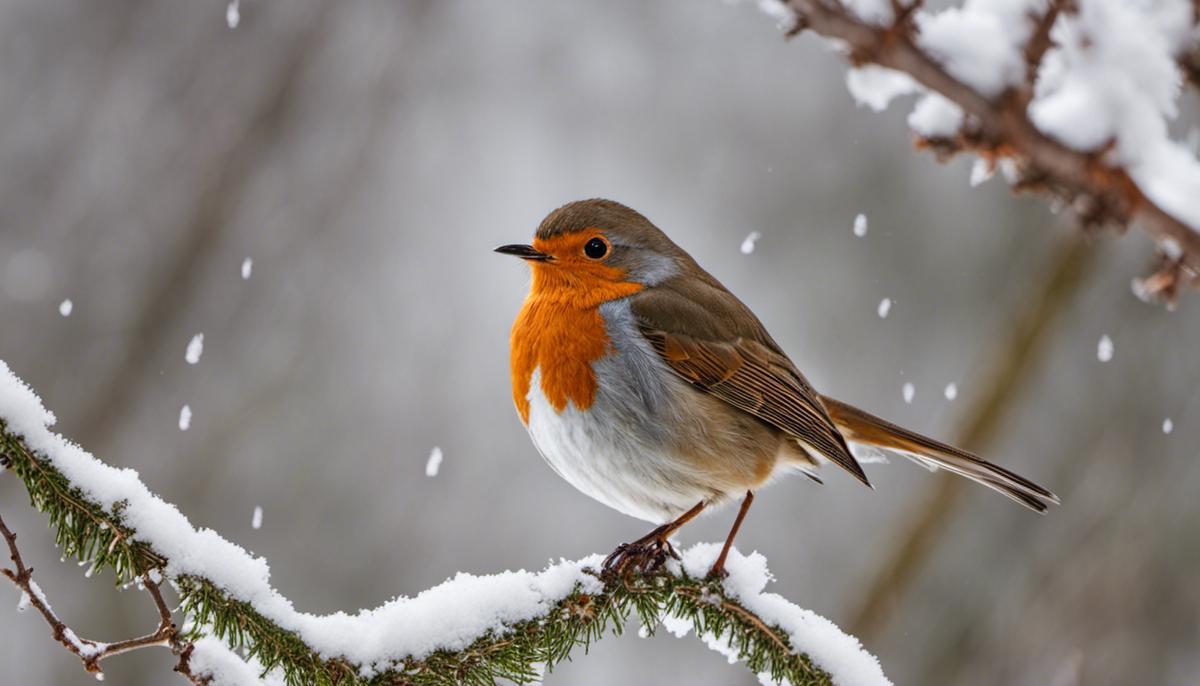
As the crisp air of winter descends, you’ve probably noticed changes in the avian world around you. Songbirds like robins display fascinating behavioral adaptations during this frosty season. Among the most intriguing aspects of this change is their shift in feeding habits. Winter can severely limit the availability of the food sources robins have grown accustomed to during spring and summer months. However, these robust creatures are well-equipped to adapt and find resources necessary to survive the harsh conditions. Looking into understanding their winter feeding habits and the available food sources, this work investigates in detail how human-provided food sources and naturally occurring ones aid in Robins’ survival, and their impact on the robins’ physical health and energy levels.
Winter Robin Behavior
Witnessing the Winter Waltz: A Deep Dive Into the Behavior of Robins During Winter
When we shovel our driveways, bundle up in chunky sweaters and swap out sweet summer lemonade for hot cocoa, our feathered companions—the robins—are also adapting to the winter season in their own sweet, peculiar ways. The captivating shift in robin behavior during this cold, beautiful season is truly something to marvel at.
Contrary to popular belief, not all robins head south for the winter. In fact, many brave the cold and stick around, their vivacious red breasts adding a much-needed pop of color among the snow-laden trees. So, what changes can hobby birdwatchers and naturalists typically expect amongst these tough robins as mercury dips?
First, let’s divulge into their social dynamics. Summer is when robins are buzzing with individual activity, focused on breeding and nurturing their young ones. But, when winter rolls in, these solitary creatures band together and form large, tight-knit flocks. Stick around a berry-laden shrubbery or a sun-lit grassland and you might just stumble upon their lively merry-making!
Speaking of a robins’ diet, they morph spectacularly with the change of seasons. The warm months are all about their avid love for worms and insects. However, as frost takes over, these critters aren’t easily available. Hence, robins switch to readily available food sources—berries and other small fruits. To spot a robin in winter, it would be worthwhile to visit a crabapple tree or a berry-heavy bush!
With the scarcity of insect and worm food, a robin’s hunting style also pivots in winter. Instead of the classic ground-pounce hunting technique, they switch to a more passive strategy. Robins often explore trees and shrubberies in search of their winter feast, making this observable change a fascinating sight for casual birdwatchers.
Ever noticed how robin calls seem different in the winter? You’re not imagining it! Their melodic, springtime song is replaced by a series of sharp, single-toned ‘peek’ sounds during the chillier months. This is largely because their singing is primarily linked with mating behaviors—something not relevant during the non-breeding winter period.
The behavior of robins during winter is a testament to the adaptability and resilience of these endearing creatures. They’re a wonderful example of the inherent art of survival in the face of adversity. So, the next time there’s a chill in the air and you’re stirred from the comfort of your warm abode by the distant chirp of a bird, throw on a coat, step out and take a moment to admire the wondrous behavior of the winter robins!
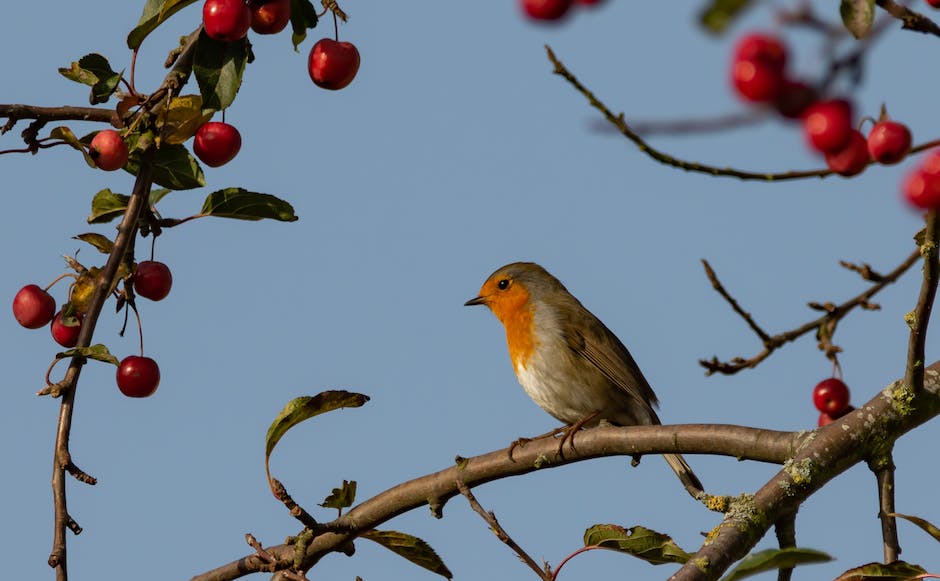
Food Availability
Feasting in Frigid Weather: The Winter Diet of Robins
As the temperature drops, and the world turns into a winter wonderland, our feathered friends, the robins, continue to grace our yards with their vibrant red breasts and lively chirps. We already know they swap their solitary lifestyle for a more communal existence, forming large flocks during the wintry season. We also discern their admirable adaptability; changing diet from insects to fruits and berries and modifying hunting techniques to cope with the harsh weather. Now, let’s dive into the specifics of what readily available sources of food help robins brave the winter.
Hardy yet delectable, fruits and berries are the first food choice that helps robins to get through those tough winter months. With insects becoming scarce, look out for robins perching on branches of fruit-bearing trees like cherries, mulberries, and hawthorns. These tree fruits provide the perfect winter feast for robins, packed with the nutrition they need to stay warm and vibrant.
Another staple in the robin’s winter pantry is the juniper berry. However, robins show intelligence and caution when it comes to these berries. They tend to avoid consuming the berries right after a hard frost because the frost makes them ferment, which can be lethal. They wait for thawing periods to safely feast on these berries.
If trees near your home bear these fruits and berries, you’ll be offering a refreshing buffet to your local robins. A popular holiday adornment, the holly tree, is another vital food source. Its red berries become a primary food source once the snow begins to thaw.
Nuts and seeds, though not the main part of their winter diet, also provide an alternate source of nutrients. Robins will eat peanuts, sunflower seeds, and suet during the season where insects or preferred fruits and berries aren’t available. In backyards, robins have been seen foraging for fallen birdseed from feeders, reminding us that these birds are survivors using agile discovery skills to feed themselves in the chilliest of months.
In conclusion, adapting to the harsh winter, robins showcase their resilience by switching their diet to available fruits, berries, nuts, and seeds. By doing this, they continue to survive and thrive beyond the seasons, making their presence a joy not just in the warmer months, but throughout the year. So, the next time you see a robin during the winter, don’t worry – they have many ‘feathers in their cap’ when it comes to survival!
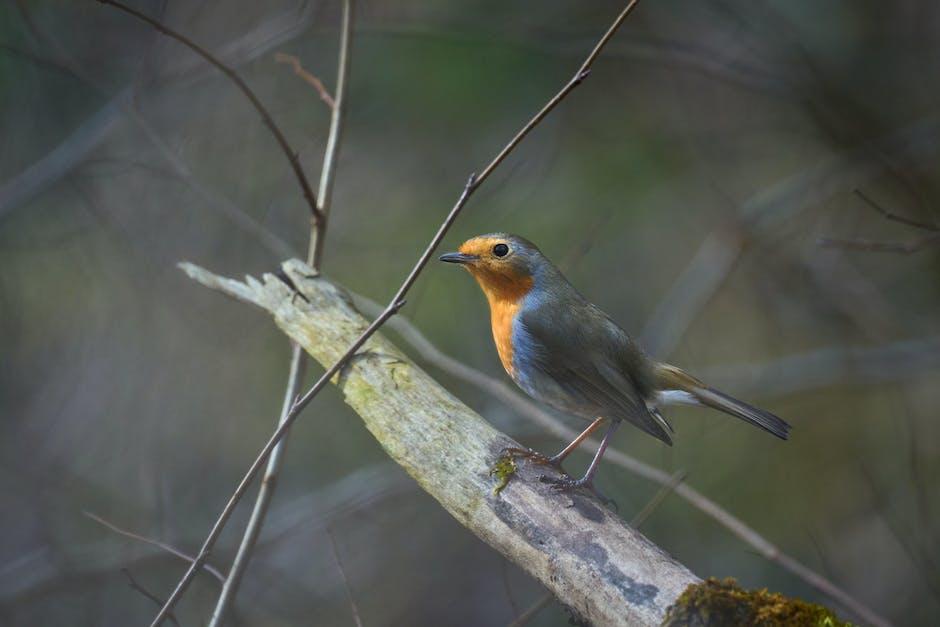
Impact of Winter Diet on Robins Physical Health
Venturing further deep into the intriguing world of robins, it becomes apparent that their winter survival extends significantly beyond flock formation, adaptability, and resilience. As their dietary habits change with each passing season, it will come as no surprise to learn that the winter diet significantly influences the robins’ physical health. This topic truly captures the pinnacle of adaptability: the survivalist nature of robins, navigating the frosty challenges of winter, berries, and all.
One of the most critical factors determining a robin’s physical health during winter is nutritional intake, making these wintertime foraging adjustments vital for survival and continued health. When the robins switch from their regular diet of insects, worms, and caterpillars to a mixed fare of fruits, berries, and sometimes nuts and seeds, there’s an impressive display of adaptability at play.
Firstly, fruits and berries are rich in sugars, which provide essential energy to brave those chilly winters. The amounts of antioxidants in these fruits and berries also serve to promote cell health and boost the bird’s immune system. This strengthening is particularly crucial during wintertime, when diseases could be potentially more damaging due to the stressful environmental conditions.
However, this doesn’t mean that every fruit or berry is a prized winter morsel for a robin. For instance, robins do not indulge in juniper berries, especially the fermented ones. These berries contain a compound that leads to disorientation and flight impairment, and robins wary of these effects wisely steer clear. A testament to their primal survival instincts too!
A favorite among robins is the holly tree berries. Robins rely heavily – and cleverly, may it be added – on these berries for their combination of high sugar content and low metabolizing time. Their incorporation in the robins’ diet helps to maintain their energy levels and withstand freezing temperatures.
Apart from the undeniable reliance on fruits and berries, robins also diversify their diet with nuts and seeds, when available. These help to foster their protein intake, promoting growth and tissue repair. Some keen observers even might chance upon robins partaking fallen birdseed from feeders, another sign of their incorrigible adaptability.
All said, the winter diet doesn’t just feed robins; it equips them. It enables them to remain robust, healthy, and frost-resistant. It’s a compelling blend of biology, survival instinct, and adaptability. From avoiding fermented juniper berries to relishing on fruits, seeds, and nuts, and even foraging birdseed – there’s a seldom paralleled, fascinating tale of survival unfolding. The winter diet of robins, indeed, plays a pivotal role in their physical health, remarkably linking their survival capabilities to their evolved dietary habits.
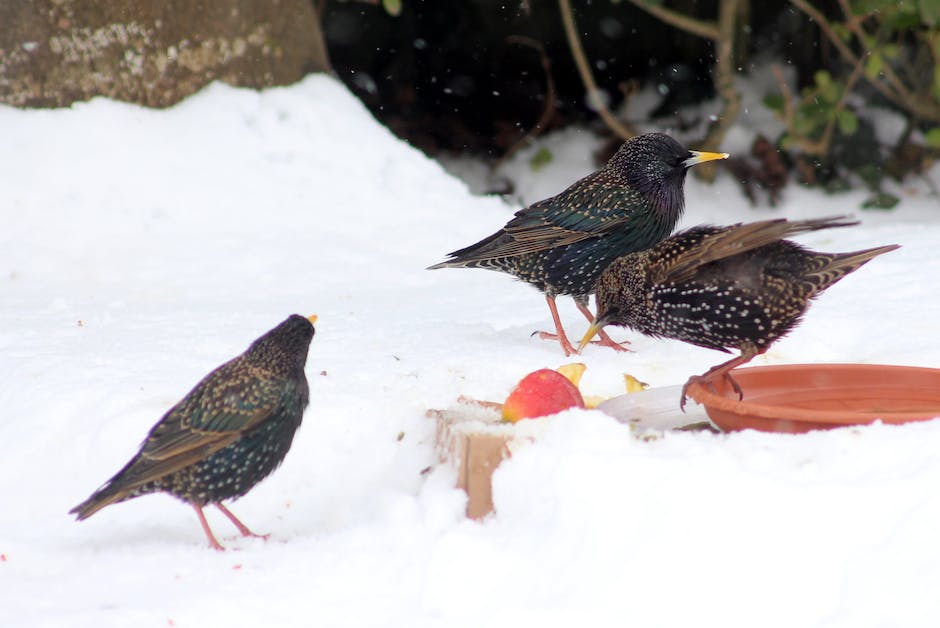
Conservation Efforts
Pivoting our focus, let’s now delve into the invaluable ways in which we can bolster the efforts of these enduring robins in sourcing their wintry nourishment. Just as we humans might find our grocery trips a bit more challenging in the icy conditions, robins too have their own set of limits to confront. Read ahead to know how to best aid these resilient tailed buddies as they tackle their winter hardship!
With the scarcity of insects during colder months, ensuring a consistent supply of nutritionally-rich food options becomes paramount. Creating a berry-friendly environment around your property can drastically help. The emphasis here should be on native berries such as sumac, elderberries, and, of course, the holly trees. While robins have ample resourcefulness to locate food, providing a feast at the home-front could greatly help replenish their energy reserves expended during foraging.
Did you know the nutritional content of the food could directly influence robins’ overall winter survival rate? High-energy foods like suet—raw beef or mutton fat—are extremely beneficial. Offering white proso millet or uncooked oatmeal also provides excellent nutrition. Providing heated bird baths or water dishes can go a long way in ensuring a consistent source of liquid, thereby making the vigorous drill of snow pecking avoidable.
And let’s not forget about nuts and seeds! To augment this alternate source of nutrients, a stage feeder can serve as a reliable platform. Robins can find sunflower seeds, peanuts, or mealworms particularly inviting. Notably, being ground feeders, these birds might prefer the food served low, ideally on a platform feeder, rather than from an elevated one.
In the vein of the adage safety first, it’s crucial to mind the placement of the feeders. Positioning them close to windows could trigger collisions. Using window decals or feeder guards could mitigate such risks. Similarly, offering food in places where robins could be exposed to predators could do more harm than good.
Lastly, education is pivotal in preventing harm. Familiarize your community about the harmful effects certain foods may induce. For instance, fermented items like overripe berries and bread products encourage the production of alcohol, potentially causing harm to robins.
Equipped with this knowledge, aiding to augment the resilience and survival skills of these little creatures becomes a gratifying winter hobby. How exhilarating would it be to see robins bracing the winter with full gusto, right outside your window, all thanks to a bit of care and attention from your end! So go ahead, nourish those robins, and embrace the wondrous delight it brings. Happy winter birding!
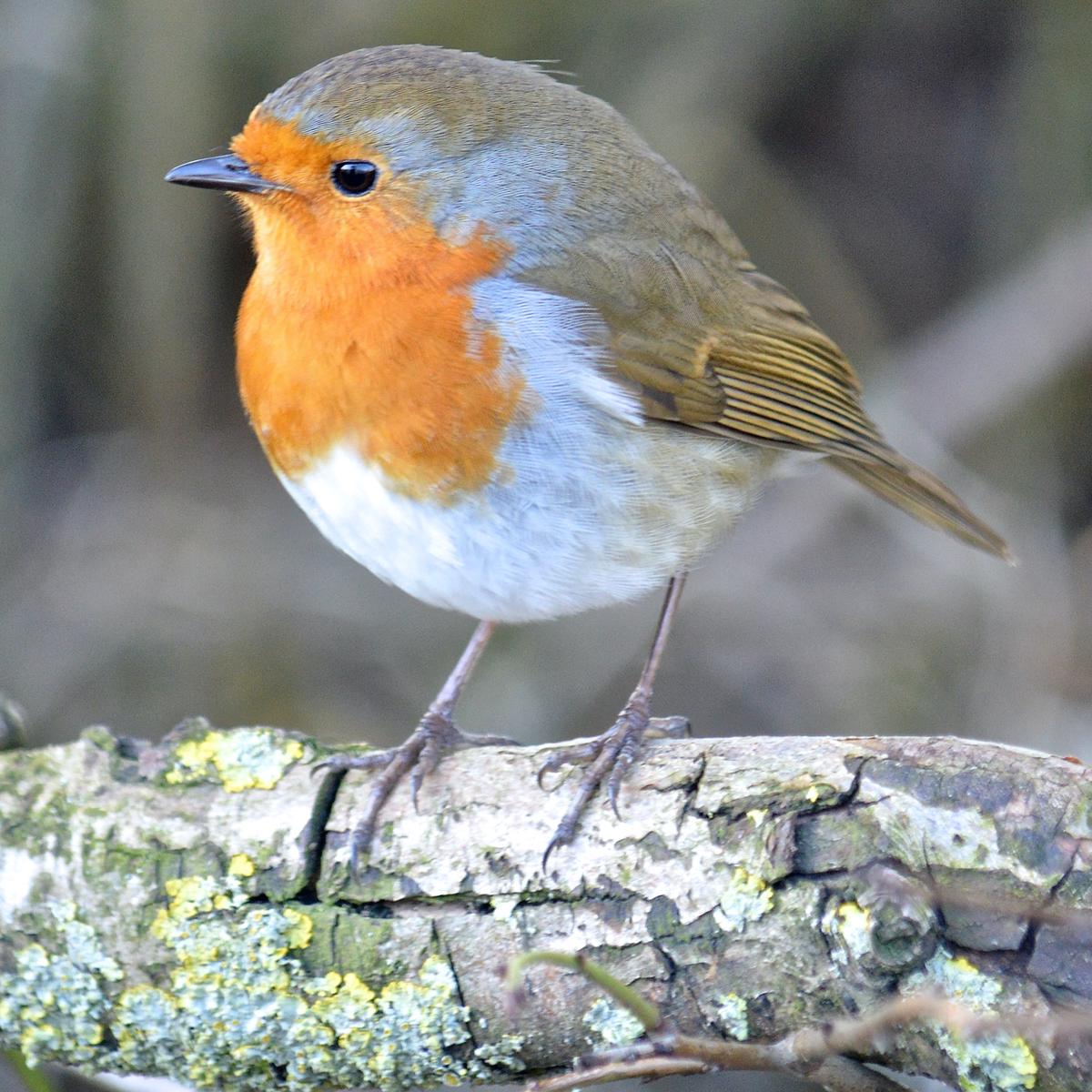
Photo by axholmephotography on Unsplash
Winter brings with it an onslaught of trials for robins, prompting them to alter behaviors and navigate a gastronomical landscape that differs greatly from other seasons. Whether it’s finding alternative sources in nature or indulging in human-provided food from feeders and gardens, robins prove time and time again their resilience in the face of adversity. However, their winter diet does have implications on their physiological health and overall survival rate, emphasizing the importance of individuals aiding these charming birds during this trying period. Providing suitable and nutritious food in backyard feeders not only supports them but it contributes to the ongoing conservation efforts. Together we can ensure robins have the energy they need to survive and thrive in the winter, continuing to grace our gardens with their cheery presence come next spring.



